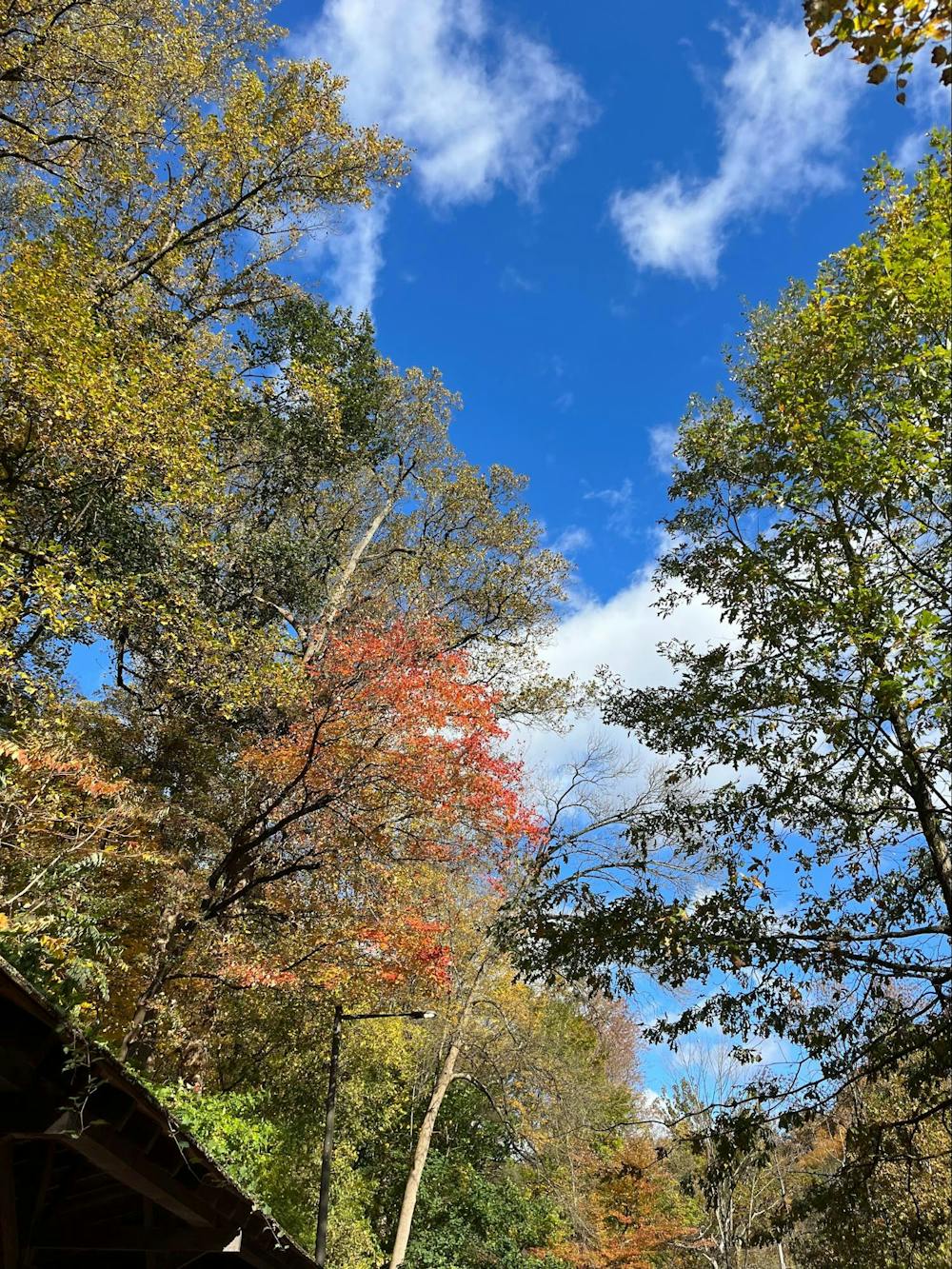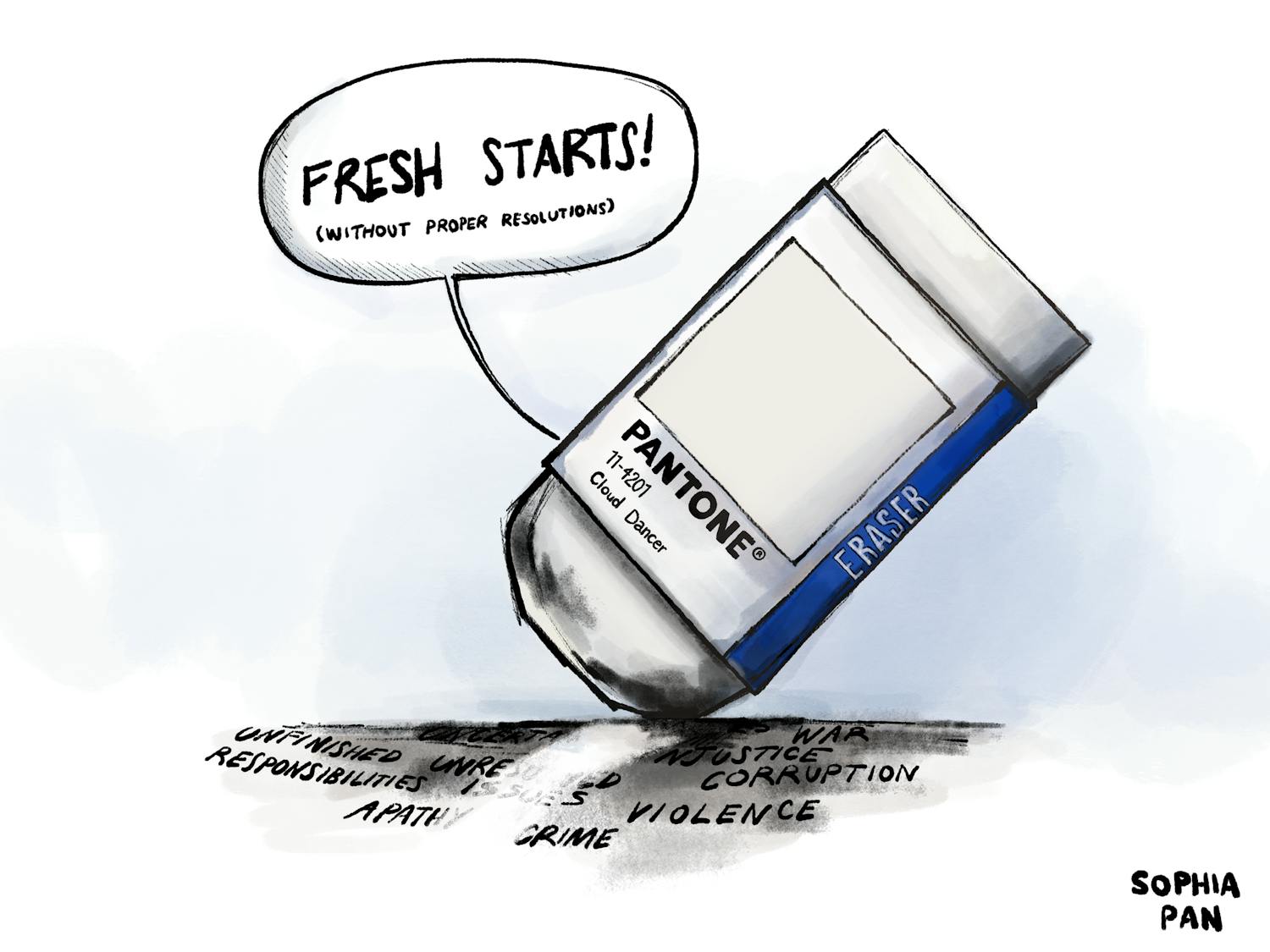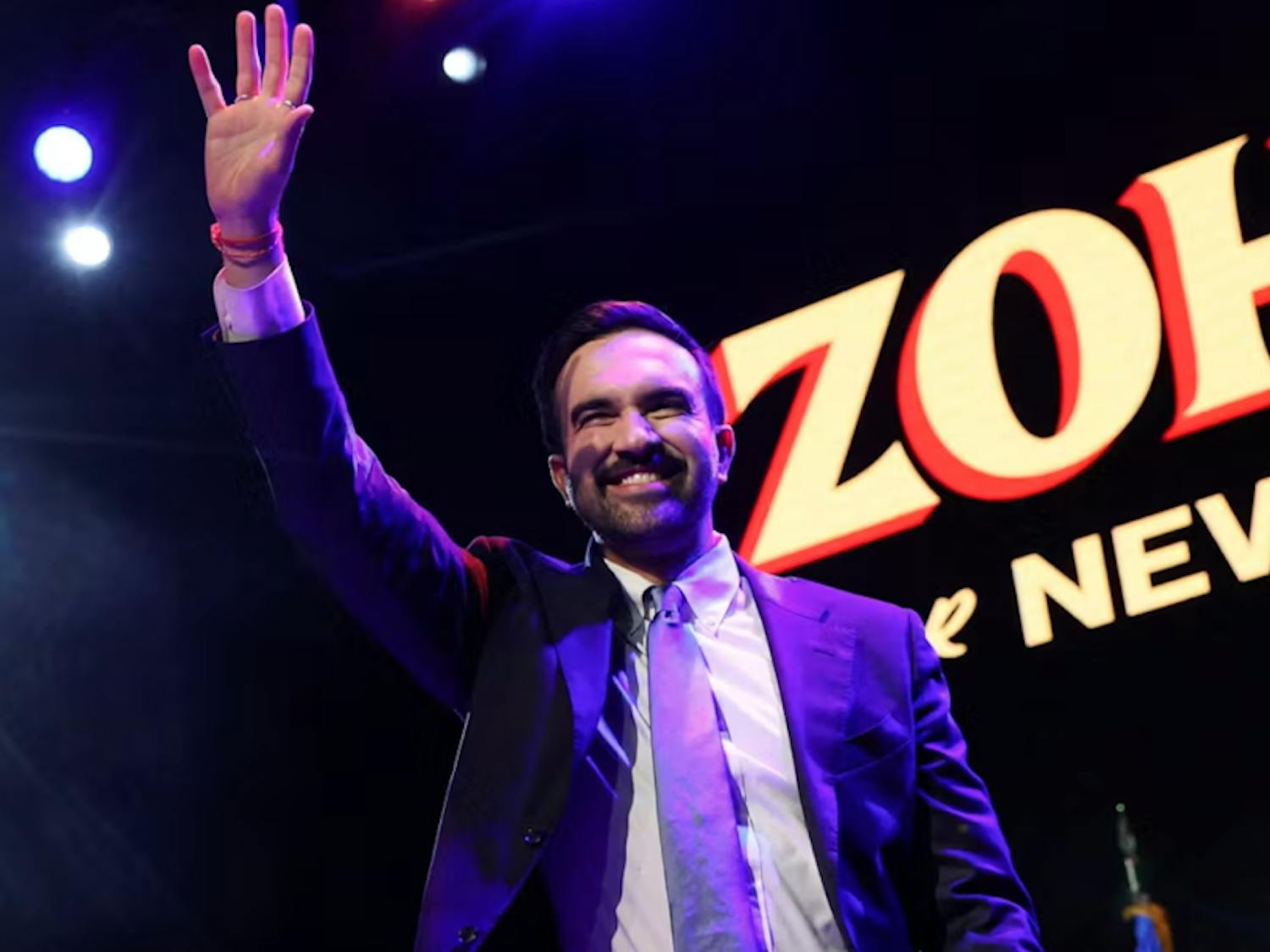Newton’s Third Law states: for every action there is an equal and opposite reaction. In a city with cars that never stop and people who never rest, what is the opposite reaction? What balances the overflow of stimuli and constant motion? This much-needed counteraction of stillness is found in Philadelphia’s Wissahickon Valley Park.
This duality of city and forest is an integral piece of Philadelphia’s identity. With over 200 trails, 10,000 acres, 62 parks, and 90,000 employees and volunteers maintaining the parks, there are not many other natural areas quite like the larger Fairmount Park area. Jesse Keenan, runner and community member, says he enjoys being “connected to a culture, to a vibrant, actual urban center (Philadelphia), but then I can get out and be alone or with some friends in an area (the Wissahickon) that's quiet and natural and beautiful.”
In fact, Fairmount park is the largest inner city park in the country and occupies 10% of the land in Philadelphia. The park is comprised of 5 sections: Cobbs Creek, Franklin D. Roosevelt, West Fairmount, East Fairmount, Pennypack, Wissahickon Valley, and Tacony Creek.
Peter Longstreth, another active community member and runner on the Wissahickon trails, comments on its uniqueness: “[It’s an] environment where you have essentially a virgin forest in the middle of a city.” Robe Hewitt, Germantown Friends Cross Country coach expresses similarly that you can “forget you're in the city” when spending time in the woods.
Students in particular have immense appreciation for how the Wissahickon adds to their lives and the Philadelphia community. Jane Keenan (Germantown Friends School ‘25) values the Wissahickon as a place she can depend on on Sunday mornings rain or shine. The environment differs drastically and “every single person you wave to is gonna wave back and smile and it's really good energy” unlike the brisk walking and occasional cold glares in the city.
Jasper Mosley (Germantown Friends School ‘24) adds this; the Wissahickon creates communities across borders through “trails that are interconnected” that “bridge different neighborhoods.” The unique relationship of city culture and Wissahickon culture creates dynamic and resilient Philadelphians.
To understand why the Wissahickon is vital to the community, it is essential to understand the true vastness of nature it encompasses. According to Visit Philly, the Wissahickon is home to all kinds of birds like owls, chickadees, and titmice; five species of woodpecker; nuthatches; blue jays; Carolina wrens; mourning doves; goldfinches and cardinals.
The Wissahickon also has an intensely biodiverse population of trees like maples, alder, birch, dogwoods, magnolias, and beech trees, as recorded by The Cultural Landscape Foundation. Rising from the Atlantic coastal plain to the eastern side of the Appalachians, the sloping rock formations create the Wissahickon Gorge where the Wissahickon creek flows and connects to the Schuylkill.

A trail on the Wissahickon | Lily Jensen
Situated on the 40th parallel, or in other words 40 degrees North of the Earth’s Equator, the location of the Wissahickon is also distinctive. Its positioning impacts the way that light lasts within the Wissahickon, allowing for more light on the shortest and longest days of the year. This trait makes the Wissahickon a paradise for photographers and artists who depend on appropriate and dynamic lighting.
Long before the Wissahickon was a natural wonder for public appreciation, it was utilized by the Lenni Lenape—“Lenape” meaning “origin people”— also sometimes referred to as “The Delaware”. The Lenape were the first human inhabitants of the entire southeast of Pennsylvania.
Their legacy lives on in the name “Wissahickon” which is derived from the Lenape word “Wissameckhan”, meaning catfish stream. It is likely that the Lenape never actually inhabited the Wissahickon, but instead took advantage of the resources it offered.
Enjoy what you're reading?
Signup for our newsletter
The Lenape were not interested in exploiting or hoarding the land for selfish gain, C.A. Weslanger writes in his acclaimed book The Delaware Indians, but “To the Delawares, land was like air, sunlight, or the waters of a river-a medium necessary to sustain life.
The idea of an individual exclusively owning the life-giving soil was as alien to their thinking as owning the air one breathed…” The Lenape believed that land was not meant to be privately owned but shared with the community which remains a main value of the Wissahickon today.
Despite the extreme violence and multitudes of broken promises from the relationship between the United States and Indigenous American tribes, the Lenape tribe of Pennsylvania remains active today. The Friends of the Wissahickon (FOW) have signed a Treaty of Renewed Friendship with the Lenape and continue to use the Wissahickon as a method to celebrate Lenape culture and tradition.
Since this signing, the FOW has co-hosted many virtual events with the Lenape tribe of Pennsylvania like “The Past and Present of the Lenape in Pennsylvania” and “Lenape, A Living Language.” This relationship between the Lenape and the Wissahickon is integral to the story of the Park’s origins.
After the Lenape were forcefully moved westward, the 19th century brought change for the Wissahickon. According to Green Philly about “50 watermills could be found manufacturing textiles, paper, lumber, and other goods” powered by the Wissahickon Creek and fueled the economy. Other infrastructure soon developed, like the Valley Green Inn (originally known as Edward Rinker’s Temperance Tavern) in 1850.
The Wissahickon was also home to the first Paper Mill in America established by William Rittenhouse. Today, many of these historical sculptures, bridges, and vestiges remain intact. Instead of viewing nature as a resource to exploit, Green Philly explains the cultural shift was about the role of the natural world where “nature was becoming a refuge for people to reconnect with the world and seek guidance through higher powers.”
In 1868, the Wissahickon took on new meaning when it became a piece of a larger collective: Fairmount Park. Pieces of the Wissahickon identity continued to be created with the Wissahickon Highway. The highway banned cars in 1923 earning its name Forbidden Drive known— also as “Main Path” today.
In the 1920s, Friends of the Wissahickon deeply impacted the Wissahickon when it began its work. Their mission statement is to “actively preserve, improve, and sustain the park”. The POW partners with other non-profit and government agencies to make these goals possible.
Wissahickon Valley Park became formally recognized as a National Natural Landmark in 1964. Even though a lot shifted with new technology the FOW (with the help of other organizations) wanted to preserve the natural landscape and spirit of the woods–- and they’ve done a spectacular job. Throughout centuries, the Wissahickon has served different uses and been reconstructed and reimagined in new ways, but it has always been at the center of historical Philadelphia.
No matter how many new purposes the Wisaahickon takes on, how much time has passed, and how much the world changes, all kinds of people gravitate towards the woods as a tool for self-improvement.
Hermit Johannes Kelpius brought a group of 40 Germans from Transylvania to the United States to the Wissahickon to witness the second coming of Christ and what was thought to be the end of the world in the early 1700s. It was believed that Kelpius possessed the Philosopher’s stone and threw it into the woods.
If you were an alchemist, you become drawn by a magnetic pull. Michael Koehler, Germantown Friends School Photography teacher, feels a deep connection with this particular story: “[like alchemists,] as a photographer, I've always been drawn to the light and to the natural beauty of the woods.” The woods are an “energy source,” a place for deep “reflection,” and a place for “getting to know yourself in a new landscape.”

The Wissahickon Valley Park | Lily Jensen
Wissahickon regulars Jesse Keenan and Rachel Lapolla both explain the impacts that the access to the woods can have on becoming a better individual. Keenan recounts how he “discovered the Wissahickon as a place to make myself better.” Lapolla adds that from her perspective, “[the Wissahickon] recharges me for the week. So I feel like I can be a better person through the week because I have been fulfilled here.” The Friends of the Wissahickon explain the necessity of the woods as a place for self-improvement eloquently: “in the Wissahickon, we immerse ourselves in the nature that sustains life, lifts our spirits, and feeds our souls.”
The Wissahickon is full of history, a place to find stillness and solace but it is not frozen in place; the people who use it now continue to create more stories and fill the Wissahickon with new angles of light and connection. Our traditions, routines, and events are all making history.
As activists, the Friends of the Wissahickon explain that,“Wissahickon history is not frozen in time. We are still creating Wissahickon history every day” through “groups, agencies, and individuals work to preserve and sustain this wonderful place.” FOW emphasizes that “it is alive and thriving and growing today,” “new events are taking place,” and “new stories are being created.”
One example of this is the Annual Horse Parade in April which celebrates the stance equestrians took against drivers about Forbidden Drive and the excess pollution cars emit.
The Wissahickon is always variable even throughout the same yearly cycle of seasons. Mosley loves “watching the leaves change,” and going back to the “same spots” at different points in the year and seeing how different they seem.
Koehler poetically describes how in the winter night at the Wissahickon, light reflects off the snow like a flashlight, allowing him to run at darker times. In a broader sense, the Wissahickon itself is a lot like the snow at night; it is both the mirror reflection of a beautiful community and also a light that guides the way for so many Philadelphians.




